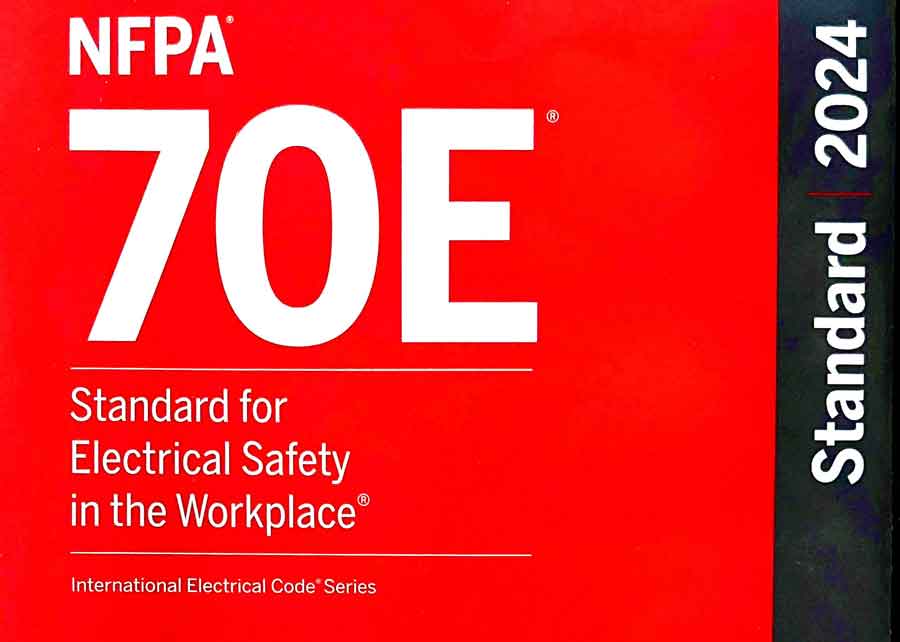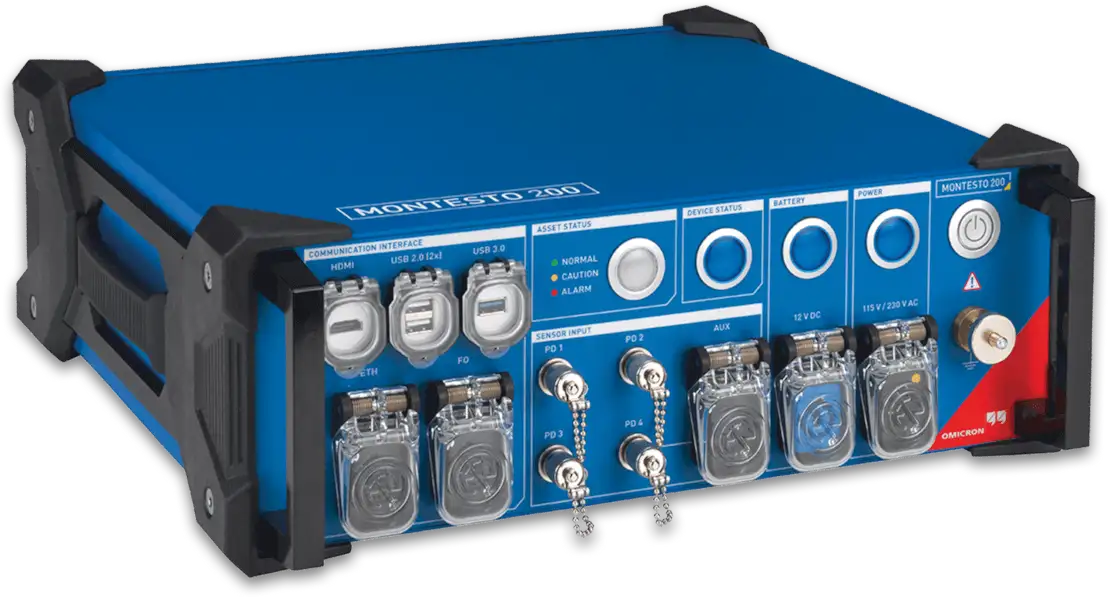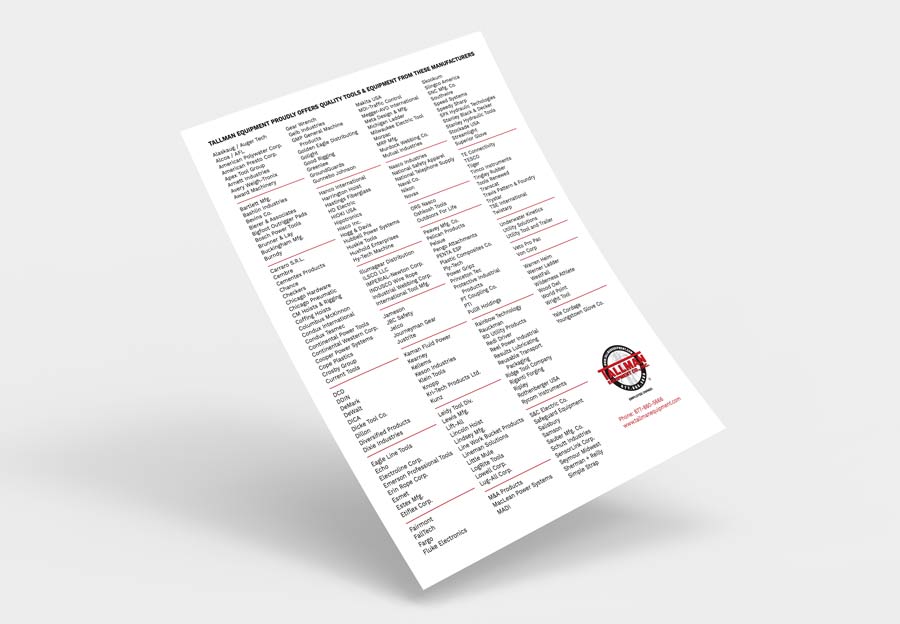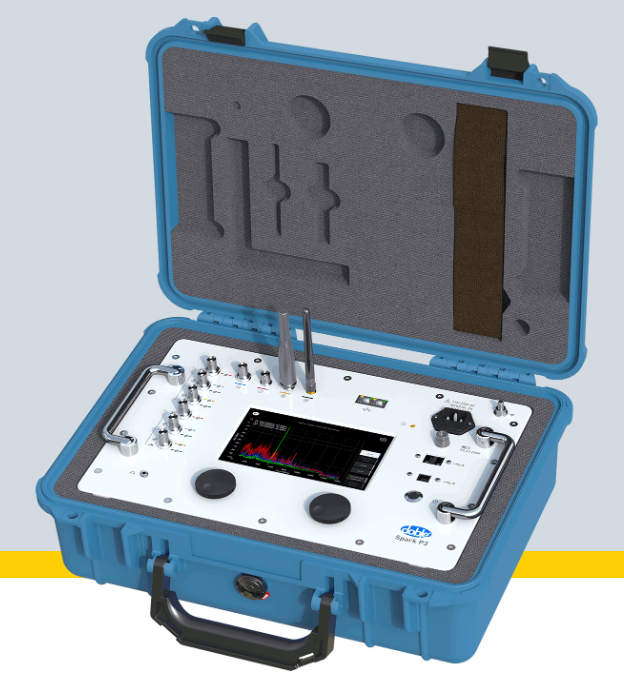NFPA 70E – Arc Flash Electrical Workplace Safety
By R.W. Hurst, Editor

CSA Z462 Arc Flash Training - Electrical Safety Essentials
Our customized live online or in‑person group training can be delivered to your staff at your location.

- Live Online
- 6 hours Instructor-led
- Group Training Available
Download Our OSHA 3075 Fact Sheet – Understanding Electrical Hazards in the Workplace

- Learn the effects of electric current on the human body
- Understand OSHA safety standards and protective devices
- Discover essential lockout/tagout and grounding practices
NFPA 70E electrical safety standard outlines standards for electrical safety in the workplace, helping prevent arc flash and shock hazards. It mandates the proper use of PPE, risk assessments, and safe work practices to protect workers.
What Is NFPA 70E?
NFPA 70E is a critical standard that helps reduce electrical workplace hazards.
✅ Defines best practices for electrical safety and arc flash prevention
✅ Requires PPE selection and maintenance for worker protection
✅ Mandates training, risk assessments, and safety procedures
Request a Free Training Quotation
Practical Guidance in NFPA 70E
NFPA 70E is more than just a set of compliance requirements—it offers practical tools that employers can apply directly to reduce electrical hazards in the workplace. The standard outlines structured procedures for energized work permits, job safety planning, and task-specific risk assessments. These actionable frameworks help organizations build a proactive safety culture by identifying and mitigating electrical risks before work begins. By following NFPA guidelines and methodologies, employers can standardize safe work practices, ensure worker accountability, and reduce the likelihood of injury due to human error or oversight.
For real-world examples and deeper insight into how these principles apply, see our Practical Guidance in NFPA 70E page.
NFPA 70E 2024 Updates: Key Changes You Need to Know
The 2024 edition introduces several important updates designed to clarify requirements and improve workplace electrical safety. Among the key changes are enhancements to the arc flash risk assessment process, updates to the incident energy analysis methodology, and refinements to the use of the arc flash PPE category tables. The latest revision also enhances the language surrounding the hierarchy of risk controls, making it easier for employers to prioritize hazard elimination, engineering controls, and administrative procedures over relying solely on PPE.
Test Your Knowledge About Arc Flash!
Think you know Arc Flash? Take our quick, interactive quiz and test your knowledge in minutes.
- Instantly see your results and score
- Identify strengths and areas for improvement
- Challenge yourself on real-world electrical topics
Additionally, new guidance was added to help facilities apply the standard more consistently across complex electrical systems. These changes reflect the NFPA's ongoing efforts to align with real-world work conditions and enhance clarity for both safety managers and electrical workers.
For a complete breakdown of what’s changed, visit our NFPA 70E 2024 Update page.
Why Was NFPA 70E Developed? OSHA and Safety Gaps Explained
NFPA 70E was created in response to a critical gap in workplace safety regulations for electrical hazards. While OSHA sets the legal framework for electrical safety, it does not provide detailed instructions for how to perform risk assessments, issue protective equipment, or establish safe work procedures. Recognizing this, OSHA requested that the National Fire Protection Association develop a standard that would offer the practical guidance needed to implement electrical safety programs in the field.
First published in 1979, the arc flash standard has since evolved into the definitive resource for managing arc flash, arc blast, shock, and electrocution hazards in the workplace. It provides employers with a clear methodology to protect workers from live electrical exposures, ensuring compliance with OSHA requirements while fostering safer work environments.
For a deeper look into how this standard originated, visit our NFPA 70E development history page.
Arc Flash Risk Assessment and Protection Requirements
One of the core components of this electrical safety document is its detailed guidance for managing arc flash hazards. The standard outlines a structured approach to performing arc flash risk assessments, which includes identifying energized equipment, calculating incident energy levels, and determining appropriate protection boundaries. Employers are required to document this analysis and ensure that workers understand the risks associated with performing tasks on or near live equipment.
The standard also specifies when arc flash warning labels must be applied, what information those labels must include, and how to select proper PPE based on calculated incident energy or the arc flash PPE category method. These requirements ensure that all personnel are properly informed and protected when working in areas where arc flash hazards are present.
To explore specific risk assessment methods and labelling criteria, visit our NFPA 70E Arc Flash Requirements page.
NFPA 70E PPE Requirements: Categories, Ratings, and Gear
NFPA 70E provides clear guidance on the selection and use of personal protective equipment (PPE) to safeguard workers from electrical hazards, including arc flash and shock. PPE requirements are based on either incident energy analysis or predefined arc flash PPE categories. These categories range from CAT 1 to CAT 4, each specifying the minimum arc rating of flame-resistant clothing and additional protective gear, such as gloves, balaclavas, face shields, and insulated tools.
The standard emphasizes that PPE is the last line of defence in the hierarchy of risk control methods. Workers must wear properly rated gear for the specific level of hazard identified in the risk assessment. Additionally, garments must meet standards for arc thermal performance (ATPV) and be maintained in good condition to remain compliant.
For a full breakdown of clothing ratings, equipment combinations, and selection methods, see our NFPA 70E PPE Requirements guide.
Arc Flash Labelling Requirements Under NFPA 70E
Labelling is a critical component of this workplace safety framework, ensuring that workers can quickly identify electrical hazards and make informed decisions before beginning any task. The standard requires that arc flash labels be affixed to electrical equipment likely to require examination, adjustment, servicing, or maintenance while energized. These labels must clearly display information such as nominal system voltage, arc flash boundary distance, and either the calculated incident energy or the appropriate PPE category.
Electricity Today T&D Magazine Subscribe for FREE

- Timely insights from industry experts
- Practical solutions T&D engineers
- Free access to every issue
Effective labelling improves safety awareness and reinforces the use of proper personal protective equipment. Labels must be kept up to date, especially after modifications to the electrical system or following an updated arc flash risk assessment.
To review the specific label formatting and content requirements, visit our Arc Flash Labeling Requirements page.
How to Use the NFPA 70E Arc Flash Table (130.7(C)(15))
NFPA 70E includes arc flash PPE category tables that provide a simplified method for selecting protective equipment without performing a full incident energy analysis. These tables—most notably Table 130.7(C)(15)(a) and (b)—list specific tasks, equipment types, and voltage levels, along with the corresponding PPE category required for safe operation.
To use the tables effectively, the equipment must meet specific conditions, including proper maintenance and a short-circuit current within defined limits. If any conditions fall outside of the table’s scope, a full arc flash study is required. The tables also include approach boundaries, helping employers determine safe working distances for shock protection.
For guidance on how to interpret and apply these tables in real-world scenarios, visit our NFPA 70E Arc Flash Table Guide.
NFPA 70E Training Requirements and Certification Guidelines
NFPA 70E requires that employees working on or near energized electrical equipment receive proper training to recognize electrical hazards and understand how to apply safe work practices. Training must be provided to both qualified and unqualified workers, with the content tailored to their specific job duties and level of exposure.
Qualified workers must be trained to distinguish exposed live parts, determine the nominal voltage, and understand the approach boundaries. Unqualified workers, although not expected to perform energized work, must still receive training on the hazards and restricted access areas. The standard also requires refresher training at intervals not to exceed three years, or whenever job duties or safety procedures change.
Many employers choose to provide formal certification to document compliance and demonstrate due diligence in the event of an audit or incident.
To learn more about certification options and training delivery methods, visit our NFPA 70E Certification and Training page.
NFPA 70E Compliance Checklist: Steps to Ensure Electrical Safety
Ensuring full compliance requires more than just training and PPE—it involves a structured, ongoing process of hazard identification, documentation, and enforcement of procedures. From conducting arc flash risk assessments to properly labelling equipment and verifying employee qualifications, every step must be carefully documented and reviewed.
To help you stay organized and meet regulatory expectations, we’ve created a dedicated NFPA 70E Compliance Checklist that outlines all the essential steps for a compliant electrical safety program.
Frequently Asked Questions About NFPA 70E
What is NFPA 70E, and why is it important?
NFPA 70E is the Standard for Electrical Safety in the Workplace, developed by the National Fire Protection Association. It provides guidelines to protect workers from electrical hazards, including arc flash, electric shock, electrocution, and arc blast. Employers use this electrical safety document to implement safe work practices, comply with OSHA requirements, and minimize the risk of electrical incidents.
How often is NFPA 70E updated, and why should I stay current?
NFPA 70E is revised every three years to reflect changes in technology, work practices, and safety research. The latest edition was released in 2024. Staying current ensures that your electrical safety program complies with the most effective methods for risk assessment, PPE selection, and hazard mitigation.
Who needs NFPA 70E training?
Both qualified and unqualified workers who may be exposed to electrical hazards require training. Qualified workers must be trained to recognize and avoid energized conductors, assess incident energy levels, and follow proper lockout/tagout procedures to ensure their safety. Unqualified workers should be trained to recognize hazards and understand how to avoid restricted areas.
What is the difference between NFPA 70 and NFPA 70E?
NFPA 70 is the National Electrical Code (NEC), which governs the installation of electrical wiring and systems. NFPA 70E, on the other hand, focuses on electrical safety in the workplace and outlines procedures for preventing injuries related to working on or near energized equipment. While NFPA 70 focuses on design and installation, this electrical safety document primarily concerns worker protection and hazard control.
Is 70E compliance legally required by OSHA?
NFPA 70E itself is not a law, but OSHA recognizes it as an industry consensus standard. Following NFPA guidelines is one of the most effective ways to comply with OSHA’s General Duty Clause, which requires employers to provide a workplace free from recognized hazards. Non-compliance may result in OSHA citations if electrical risks are not properly addressed.
How do I select the correct PPE under NFPA 70E?
PPE selection is based on either an incident energy analysis or the use of arc flash PPE category tables in the standard. The NFPA electrical safety document outlines the minimum arc rating for each PPE category (CAT 1–CAT 4), depending on the electrical task and system conditions. Employers must ensure that all PPE is properly rated, maintained, and used in accordance with the standard’s guidelines.
What is an Electrically Safe Work Condition (ESWC)?
An Electrically Safe Work Condition is a state in which electrical conductors and equipment have been de-energized, locked out, tested for the absence of voltage, and confirmed safe for work. The arc flash electrical safety standard provides specific steps for establishing an ESWC, which is the preferred condition before performing any maintenance, testing, or repair tasks.
Explore More Arc Flash Topics:
Explore our Arc Flash Training Programs or contact us to Request a Free Training Quotation for group safety sessions and PPE consultation.












